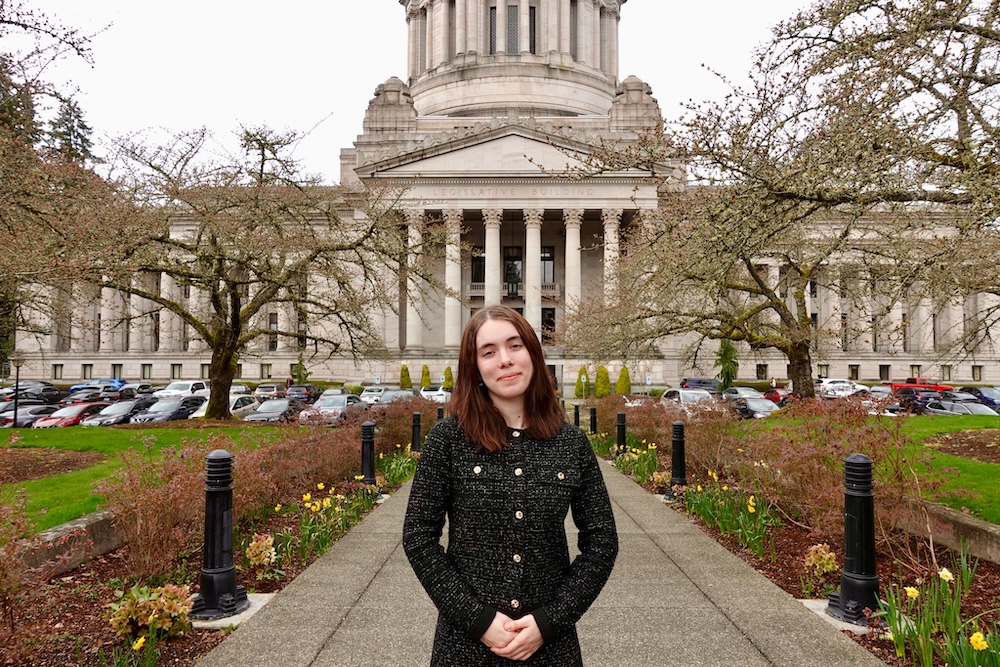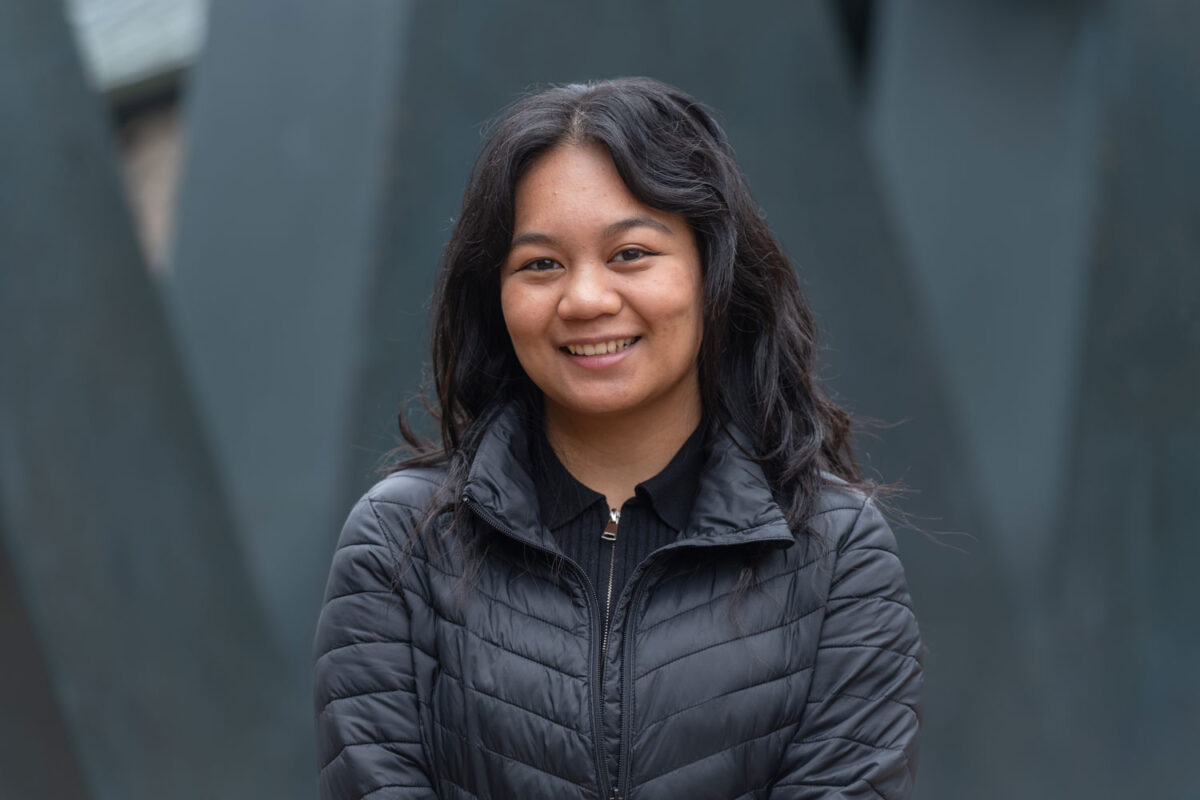
Ursula Valdez and Brianna Wrightson examine campus flower. (Photos of Valdez and Wrightson by Marc Studer)
By Douglas Esser
Most instructors tell students to put away their smartphones. Ursula Valdez tells students to use them, especially in the field for a biology or environmental science class. Go ahead, take a selfie, but include something meaningful in the picture. Caption it with context.
Starting as a lecturer in the School of Interdisciplinary Arts & Sciences at UW Bothell in 2013, Valdez noticed students always had a phone in their hands. Valdez thought, “How can I use them in class? How do you use technology without taking students away from learning?”
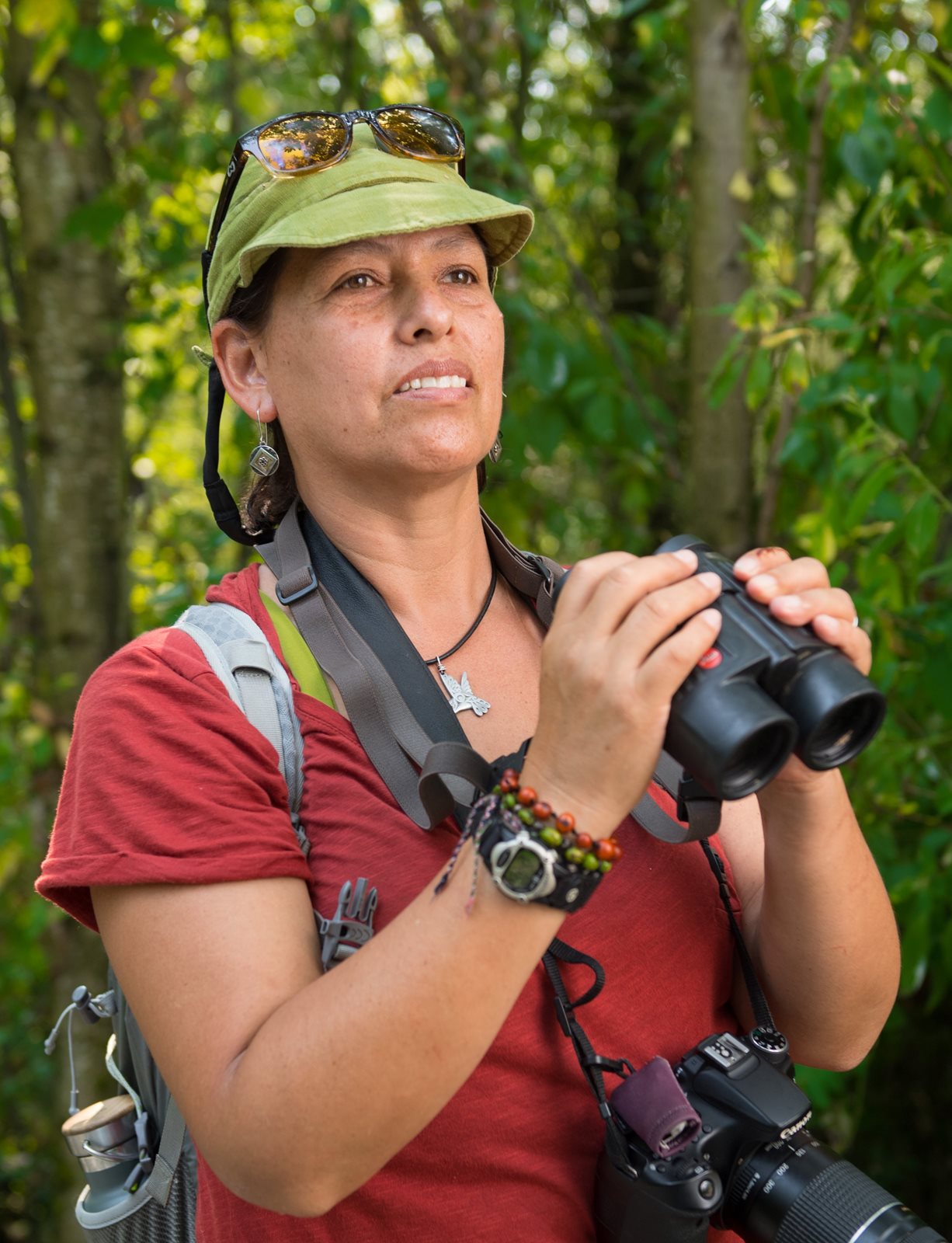
Valdez incorporates the devices in natural history and ecology courses from the UW Bothell wetlands to the Amazon jungle in Peru. The methods were recently employed as Valdez and Tim Billo from the UW Program on the Environment led the three-week early fall course, “Andes to Amazon, Peru: Biodiversity, Conservation and Sustainability in Peru.”
Nineteen students — five from UW Bothell and the rest from the UW Seattle campus — traveled from the heights of iconic Machu Picchu to the humid Amazon jungle where they saw animals that included giant river otters, caimans and howler monkeys. This was the 10th year Valdez, who is from Peru, has led the trip, going back to when Valdez was a graduate student.
“It’s always incredible,” Valdez said. “There’s always so much new stuff.”
The camera is the most versatile tool on the smartphone, when handled with a little discipline. Valdez assigned three kinds of photos: the selfie, the trio and the challenge. The selfie must show the student in a meaningful place or way, which the student puts into context with the caption. The trio requires the student to photograph an arrangement of three things that had been living — a feather, a shell and a twig, for example — with a caption about species and habitat. And, a challenge photo dares the student to find and photograph something specific, such as a particular plant, insect or place.
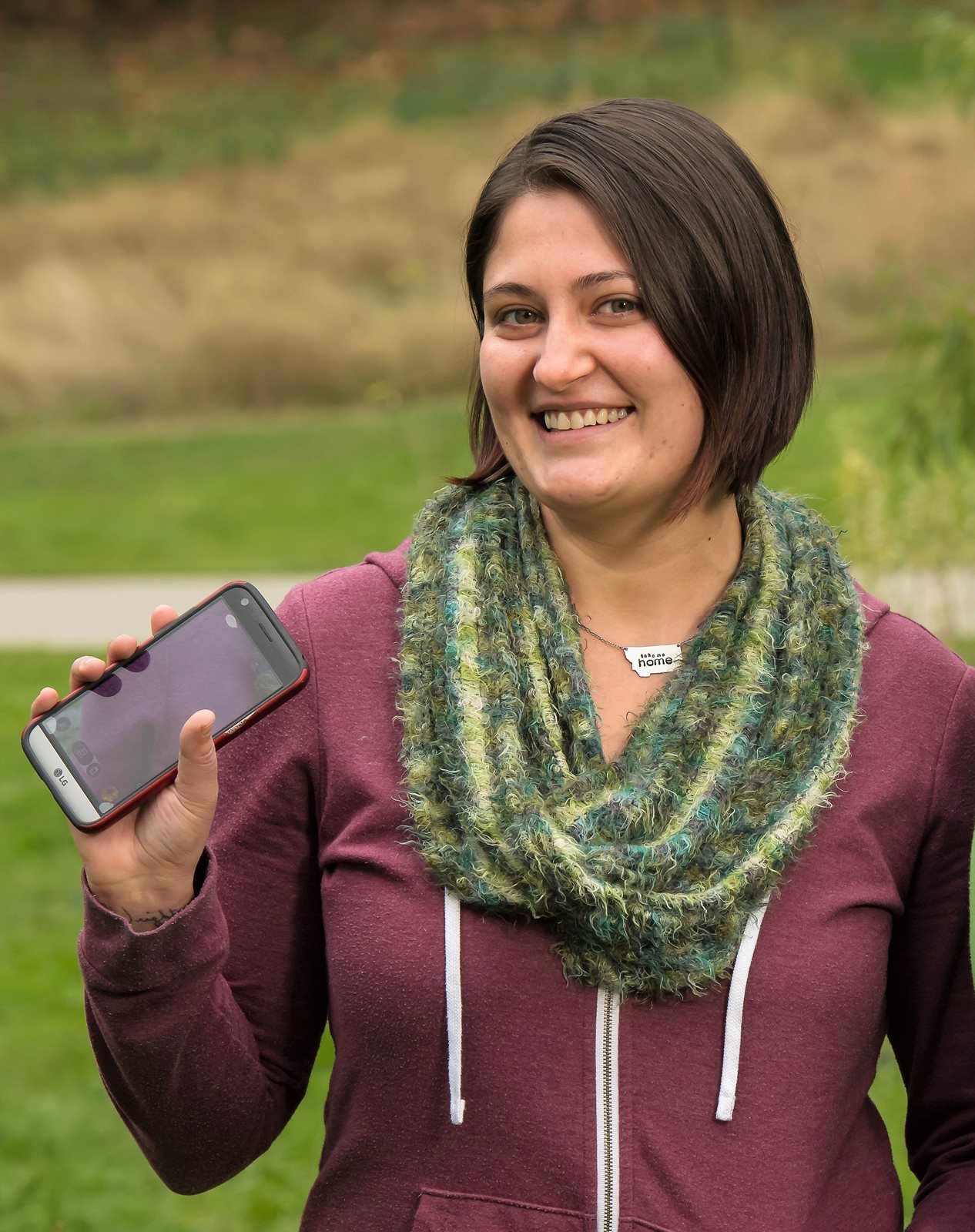
“There has to be some thought behind it, not just a beautiful picture,” Valdez said. “Suddenly they’re searching. They say, ‘I see the world with different eyes now, and I take more pictures.”
Some students with nimble thumbs also used their smartphones to take notes, which they transcribed into handwritten field journals they also kept.
For Brianna Wrightson (biology ’18) the travel, heat and humidity were uncomfortable, yet the experience was amazing. “Miseries make memories,” Wrightson said.
The selfie Wrightson submitted for the assignment shows a tattooed hand holding a briefly captured bird. Wrightson’s trio photo displays three fruits from the forest and their seeds.
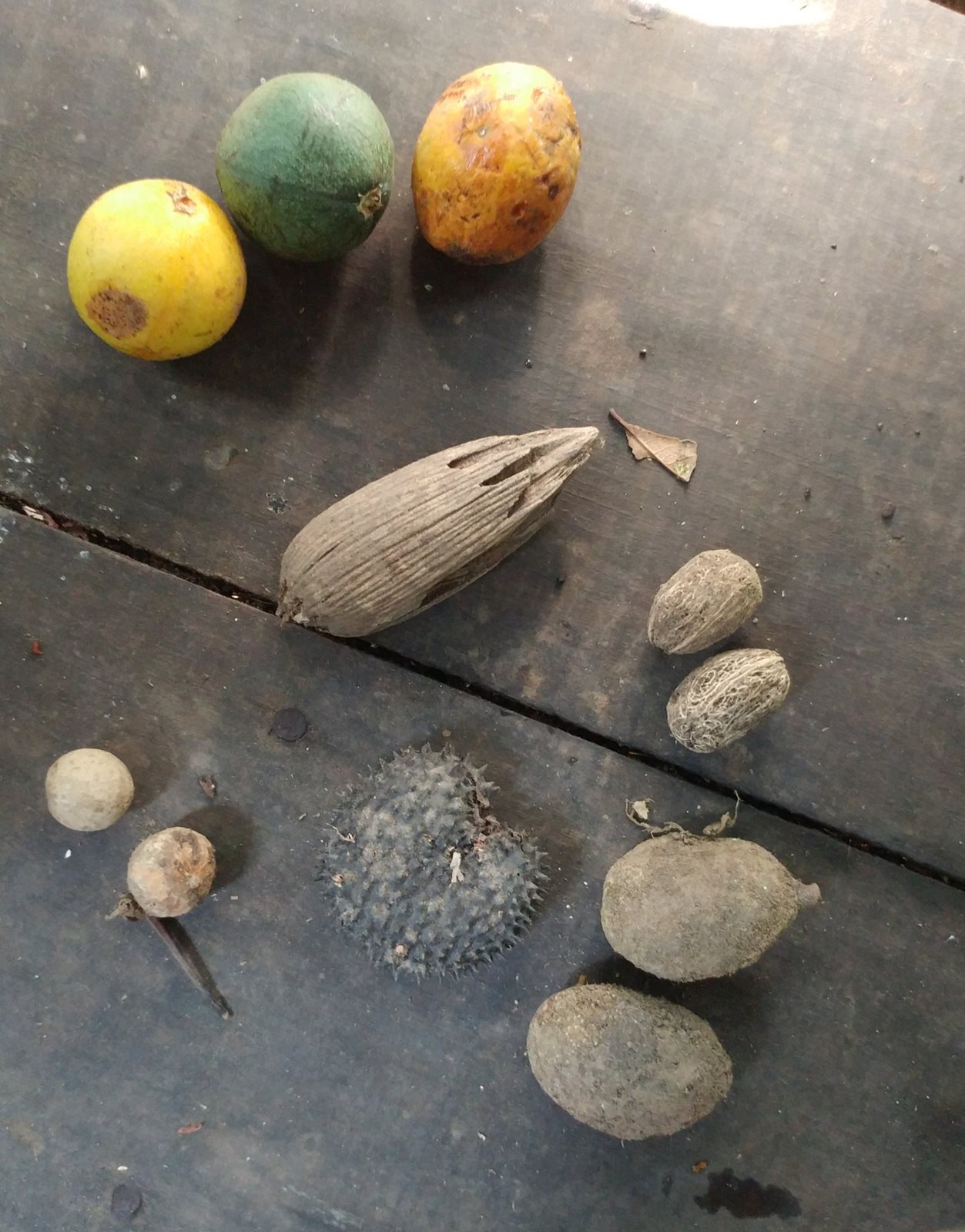
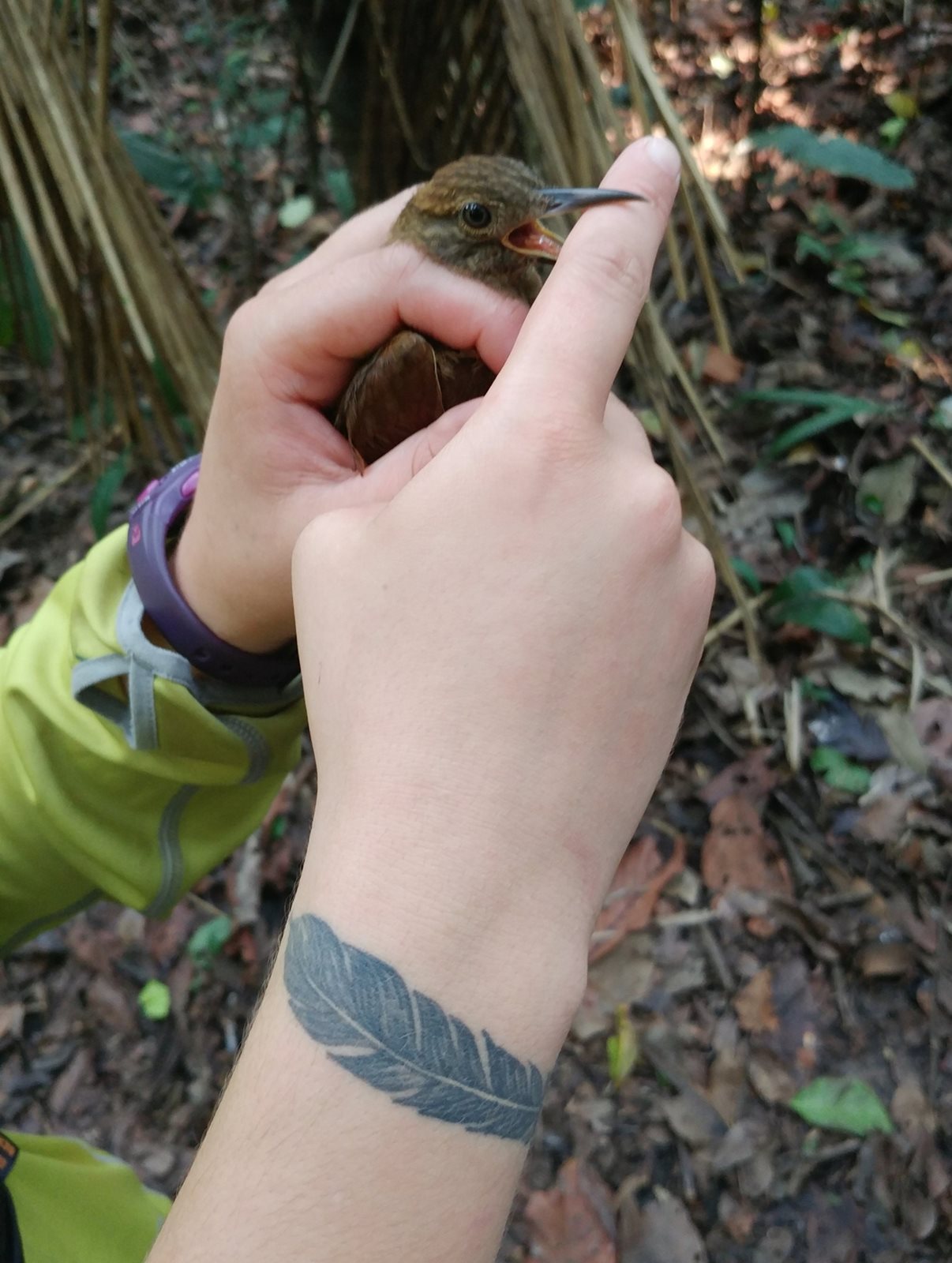
“Everybody has their phone anyway, even in the Amazon,” said Wrightson.
Pearle Maki (biology ’18) took a digital camera on the trip but often found it more convenient to use the phone’s camera. Smartphones obviously also are a resource to view class materials or Google information.
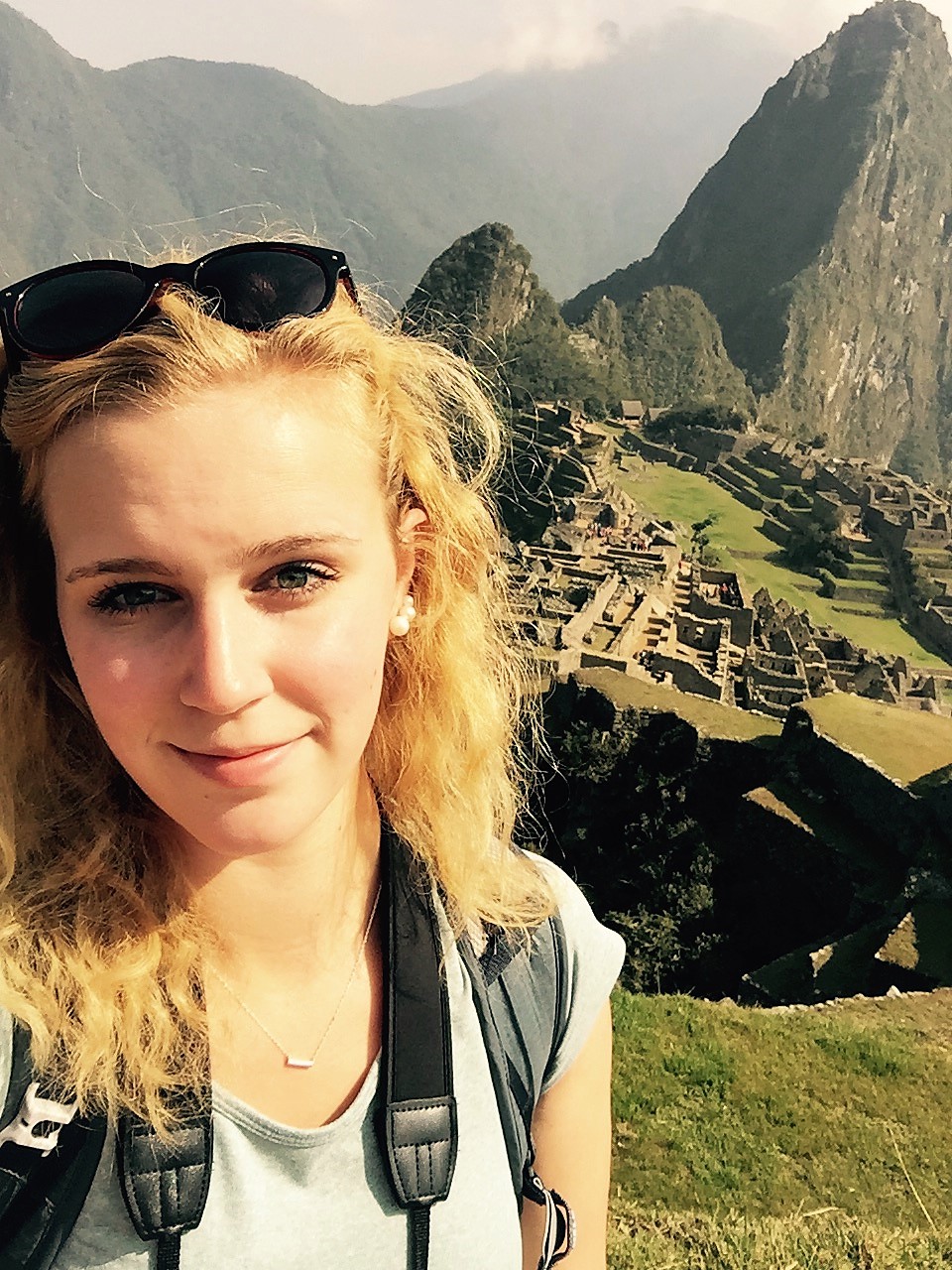
One of Valdez’s challenges was to share a photo of some place such as Machu Picchu on social media. Maki took that photo like any tourist, although the selfie selected for the assignment showed only Maki’s glasses camouflaged in jungle leaves. (Photos from Peru contributed by Brianna Wrightson and Pearle Maki)

One of the changes Valdez found in Peru, with a little regret, is that the internet has reached the three research stations where they camped. Students had Wi-Fi, if they stood in the right spot. Valdez asked that if students posted on social media, they had to post something related to the trip.
“It’s just so rich. In this context, it’s more valuable than taking a test — the value of their observations and feelings,” Valdez said. “To me that’s a great use of social media.”

